Out in the field - anything can happen
In September 2001, I went on a day-trip to Prime Hook National Wildlife Refuge, located on the western shore of Delaware Bay on the Atlantic Coast. This refuge is situated in Delaware, the second-smallest state in the United States after Rhode Island, about 2,5 hours drive (180 km / 110 miles) from Baltimore.
The 41 km2 (10,144 acre) refuge was officially established in 1963 to protect migratory birds. The RAMSAR Wetland refuge is an important stopover site for migratory birds as they travel up and down the Atlantic Flyway and provides protected breeding habitat for federally and State-listed threatened and endangered species, as well as many neo-tropical migrating bird species. Prime Hook’s habitat features include salt marsh, freshwater marsh, ponds and impoundments, wooded swamps and upland grasslands and forest. Hundreds of native plant and animal species thrive in this mosaic of these diverse cover types that provide habitat for 308 species of birds, 51 species of fish, 45 species of reptiles and amphibians, 37 species of mammals, and an array of rare insect and plant species.
My aim with the trip was to look for birds, dragonflies and other wildlife. The vegetation in the refuge was dominated by Common Reed (Phragmites australis). Although native to the US, the more invasive Common Reed strains originated in Europe, and these are considered invasive species. Ongoing attempts are trying to establish control methods to limit its distribution. Of the birds, the dominating species this day were the Red-winged Blackbird (Agelaius phoeniceus) and the Great Egret (Ardea alba). But I observed many bird spieces, including the Bald Eagle (Haliaeetus leucocephalus). The Northern Diamondback Terrapin (Malaclemys terrapin ssp. terrapin), a sub-species of Diamondback Terrapin, was common, and sometimes I had to zig zag drive to avoid hiting turtles crossing the roads.
But out in the field, anything can happen, as explained below.
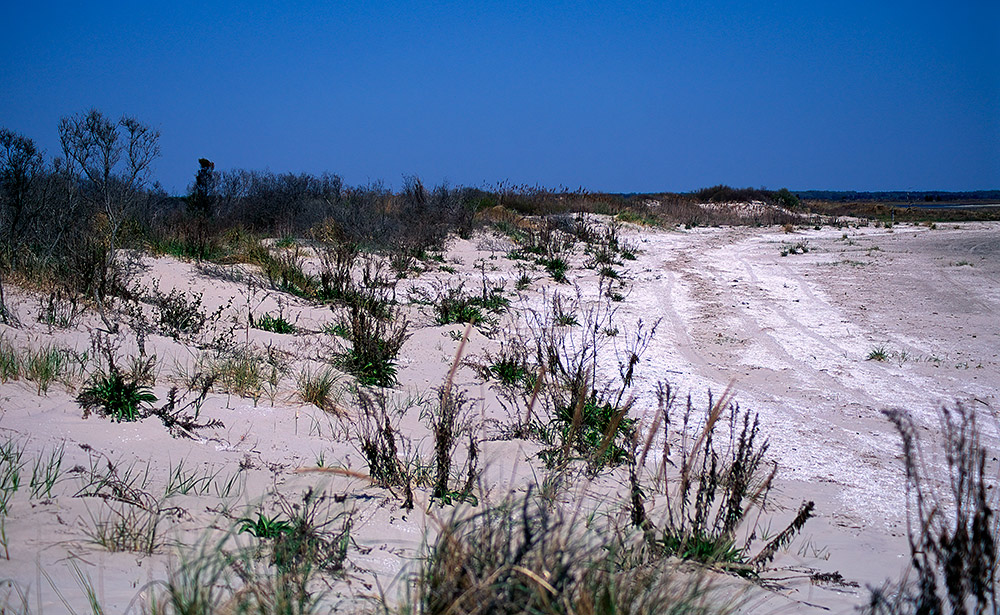
Prime Hook National Wildlife Refuge, Delaware
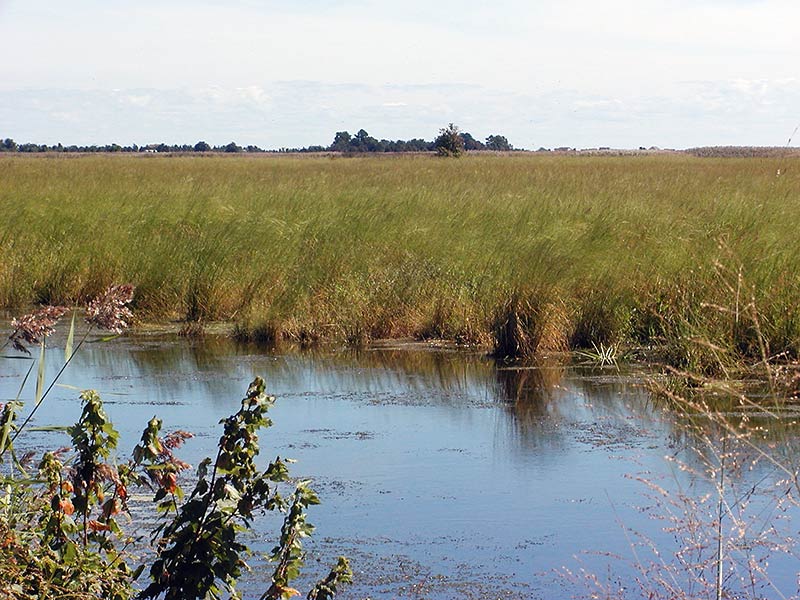
Prime Hook National Wildlife Refuge wetlands
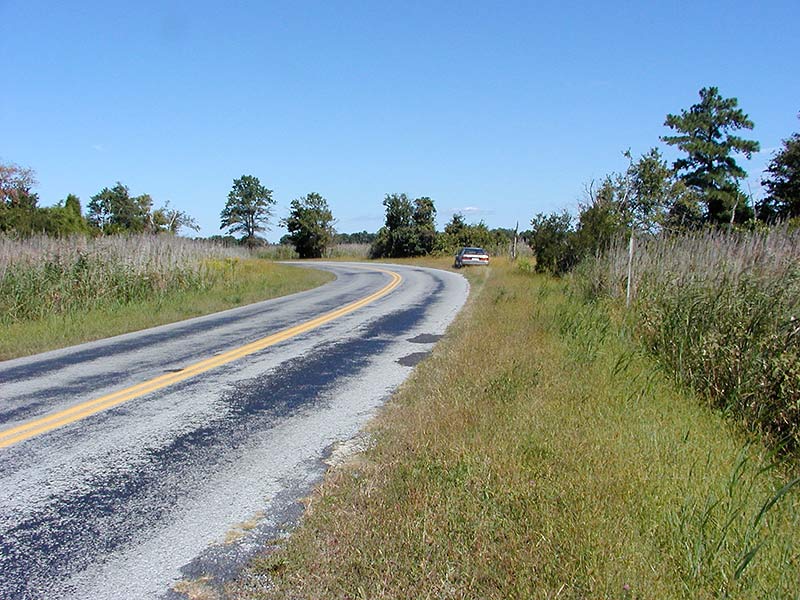
Prime Hook National Wildlife Refuge wetlands
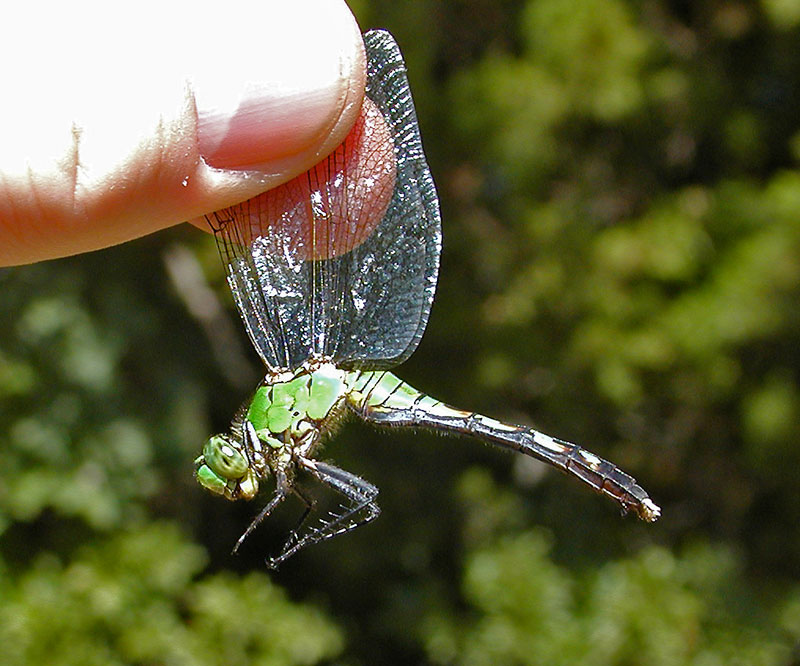
Eastern Pondhawk (Erythemis simplicicollis)
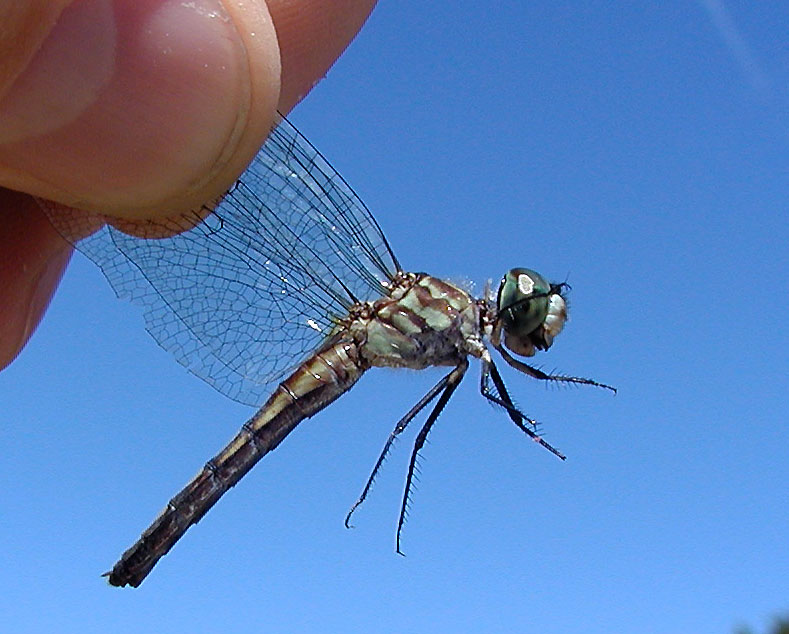
Blue Dasher (Pachydiplax longipennis)
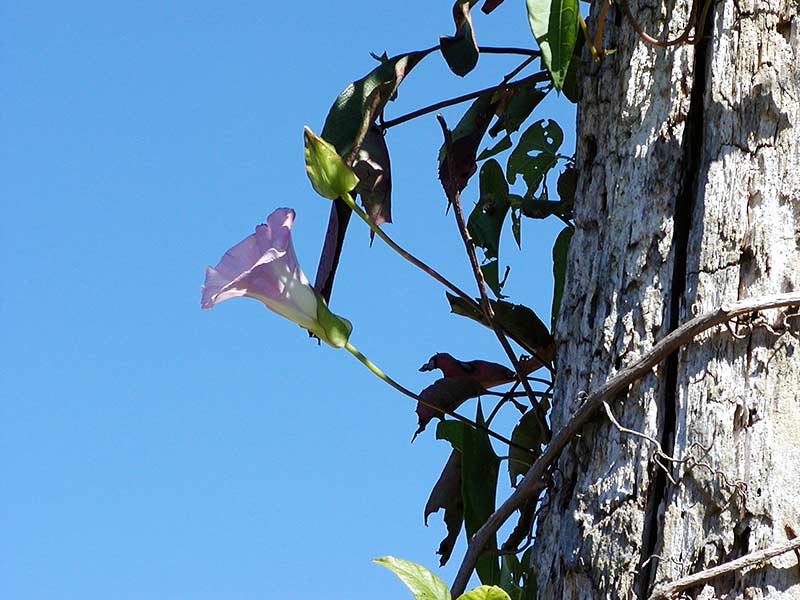
Could be Ivy-leaved Morning-Glory (Ipomoea hederacea)
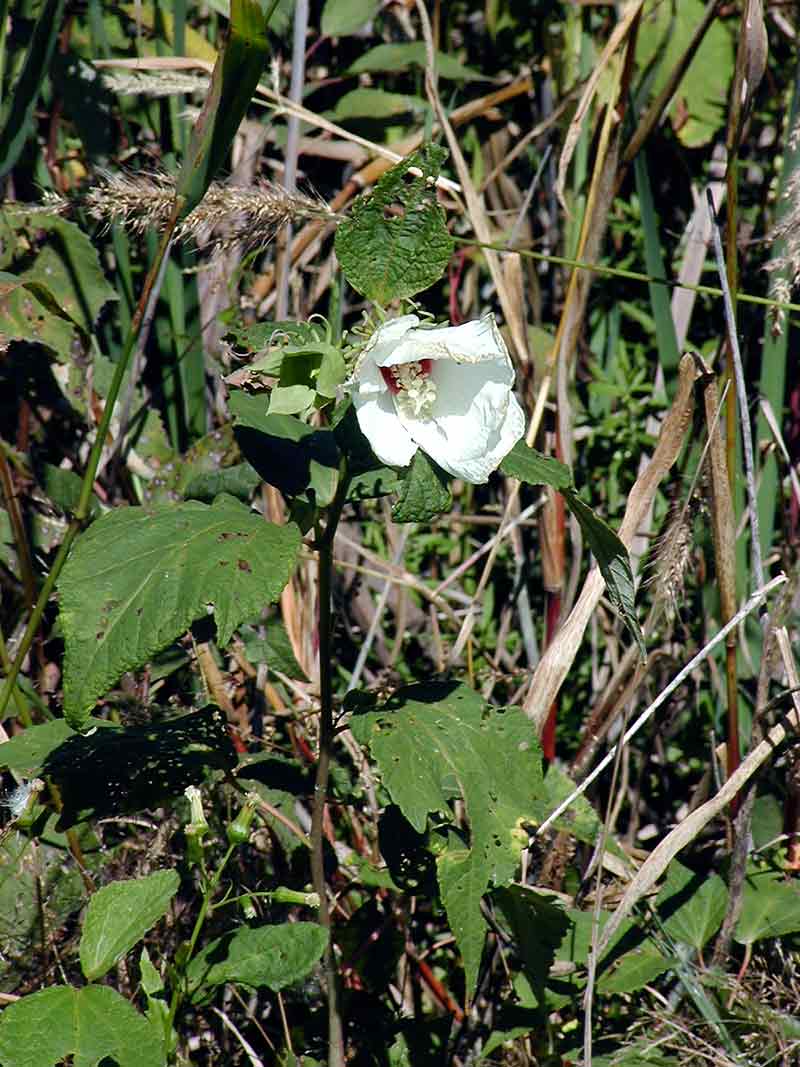
Crimson-Eyed Rose-Mallow (Hibiscus moscheutos)
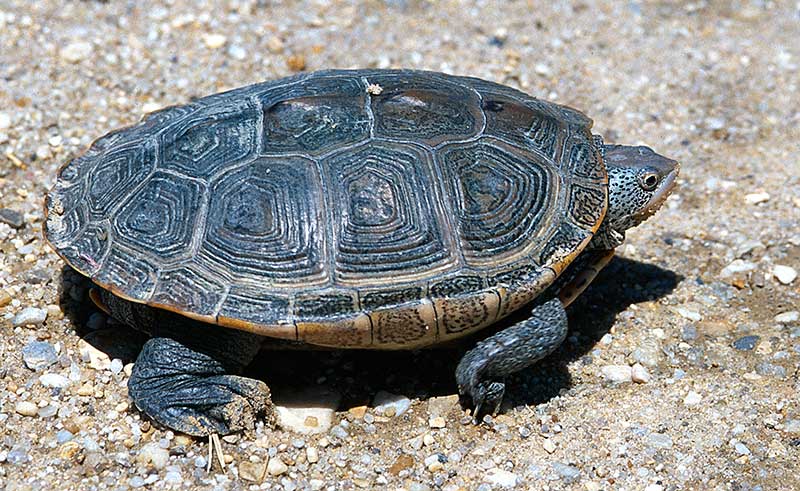
Northern Diamondback Terrapin (Malaclemys terrapin ssp. terrapin)

Northern Diamondback Terrapin (Malaclemys terrapin ssp. terrapin)
The trip started well enough, and soon I had netted dragonfly species such as the Eastern Amberwing (Perithemis tenera), Blue Dasher (Pachydiplax longipennis) and Eastern Pondhawk (Erythemis simplicicollis), all common in eastern United States. As I stopped at an open area densely populated with aquatic plants the accident happened: I slipped out of the car for a quick swipe with the binoculars with the engine running. All the sudden, a gust of wind blew past and closed the front door. Unfortunately, the handle was in lock position. Thus I was effectively locked out of the car, with the engine running, in a desolate area far away from people. So far I had met very few people in the refuge, and as it was mid afternoon, it was an interesting situation. Without any tools I decided to wait for a car to emerge rather than to start walking towards the nearest buildings around 6-7 km away. And after maybe 30 minutes the first car showed up, which I managed to stop waving my arms. Two nice French ladies were courtesy itself, but they had no particular practical tools in the car.
After trying to open the door for maybe 40 minutes with poor tools, the ladies offered to drive me to the nearest house. There I borrowed a couple of proper screwdrivers, plus a flexible copper wire. Back at the car, the door still refused to open. Then a new car arrived, this time with an American couple. They dismantle an umbrella to try if the strings could be used as a hook, but the lock was stubborn as a donkey (the car, a Honda Accord, must have been virtually thief-proof?). The American couple then offered to go obtaining a coat hanger, the multitool against locked car doors. While they are away, however, I finally managed to open the car door with stones as wedges, two screwdrivers and copper wire, and with much raw power, after struggling for nearly three hours. Then it was late afternoon, so the field day was over (wasted) when I finally could put myself behind the wheel for the return to Baltimore. It was a different kind of a field day, but luckily the people I met were very nice and helpful.
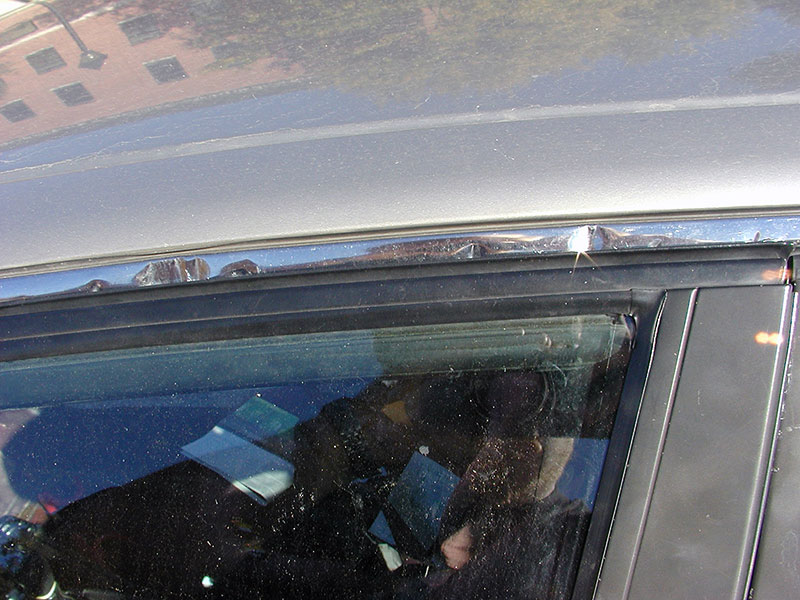
Damaged car

Monarch Butterfly (Danaus plexippus)
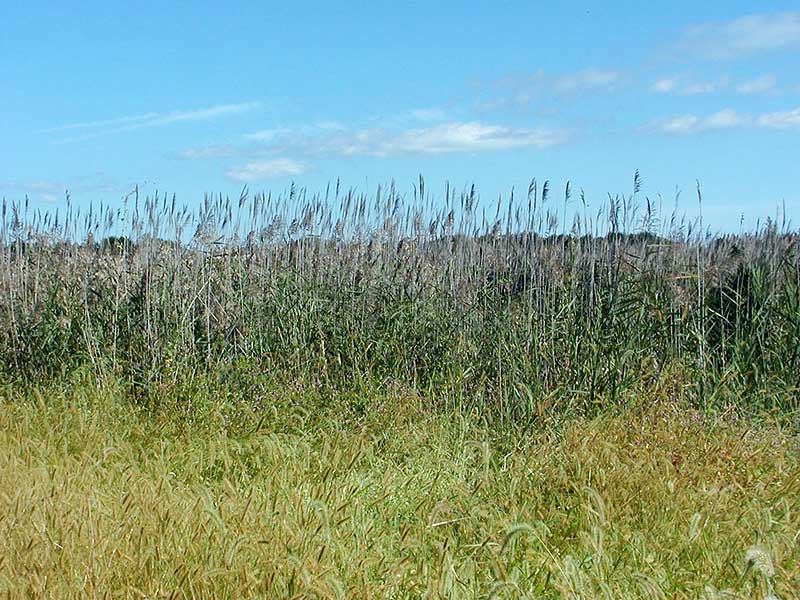
Common Reed (Phragmites australis)
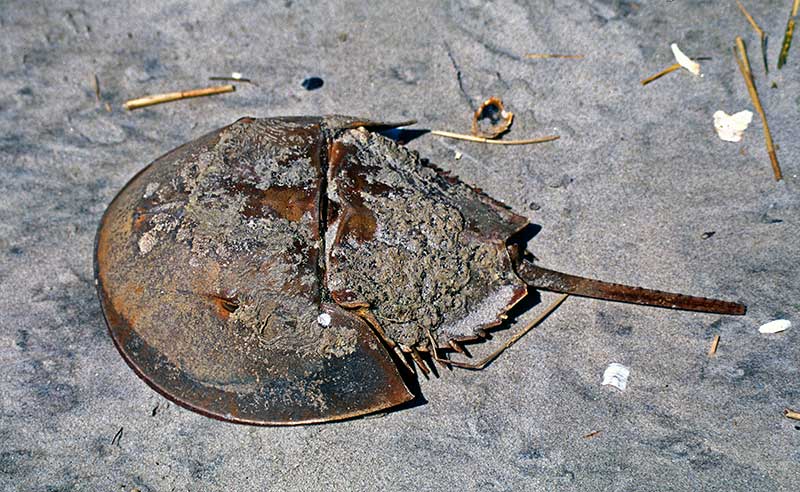
Atlantic Horseshoe Crab (Limulus polyphemus)
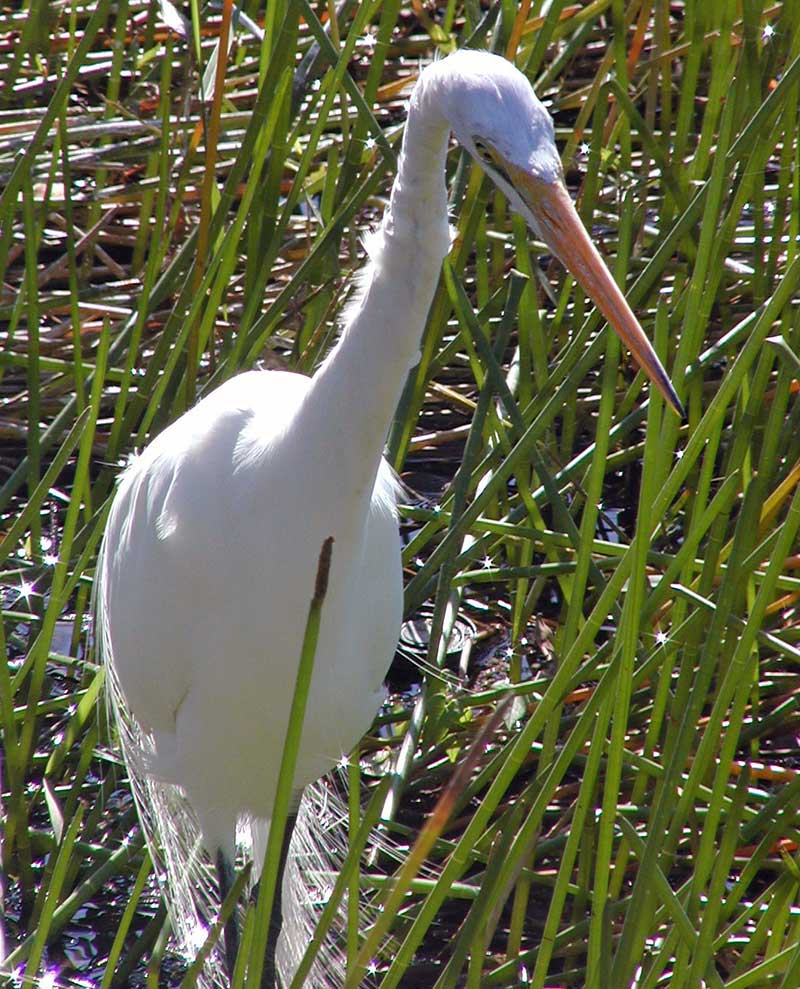
Great Egret (Ardea alba)